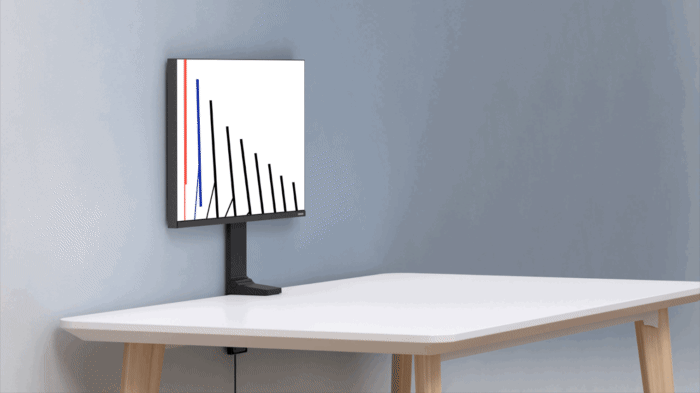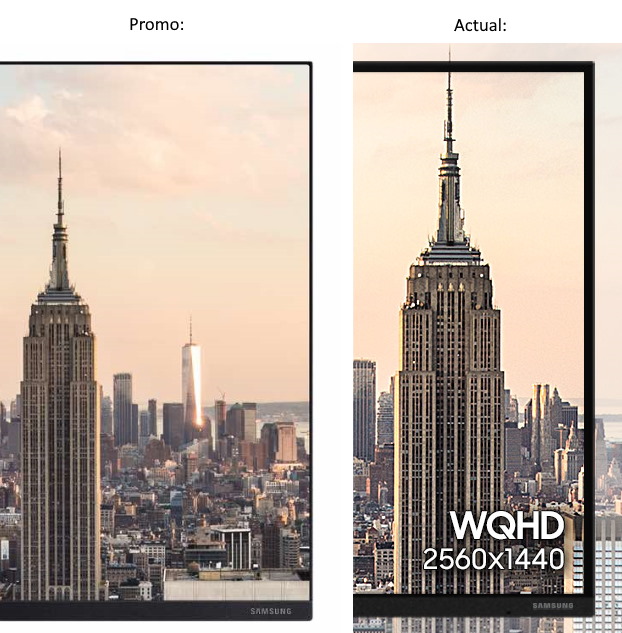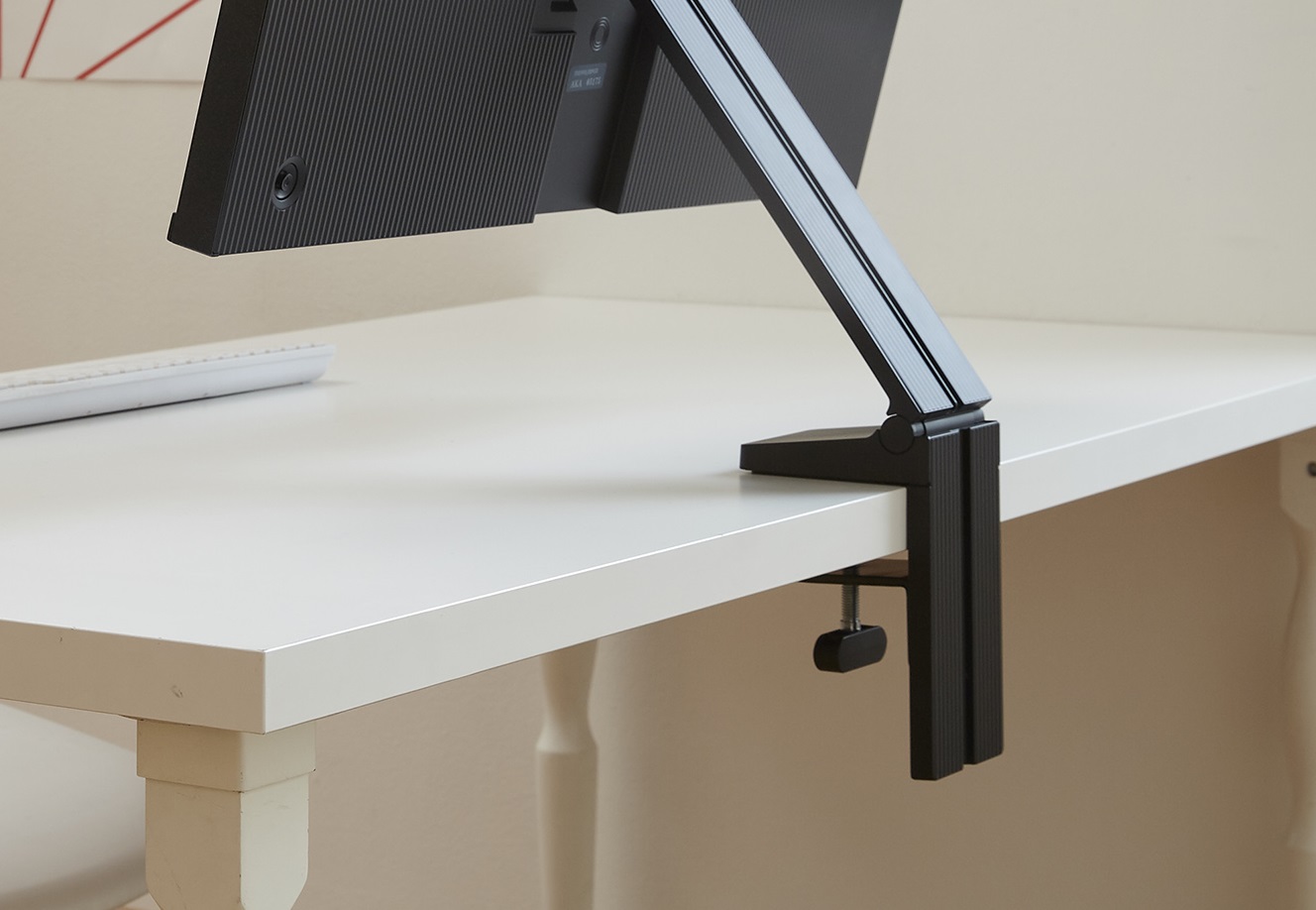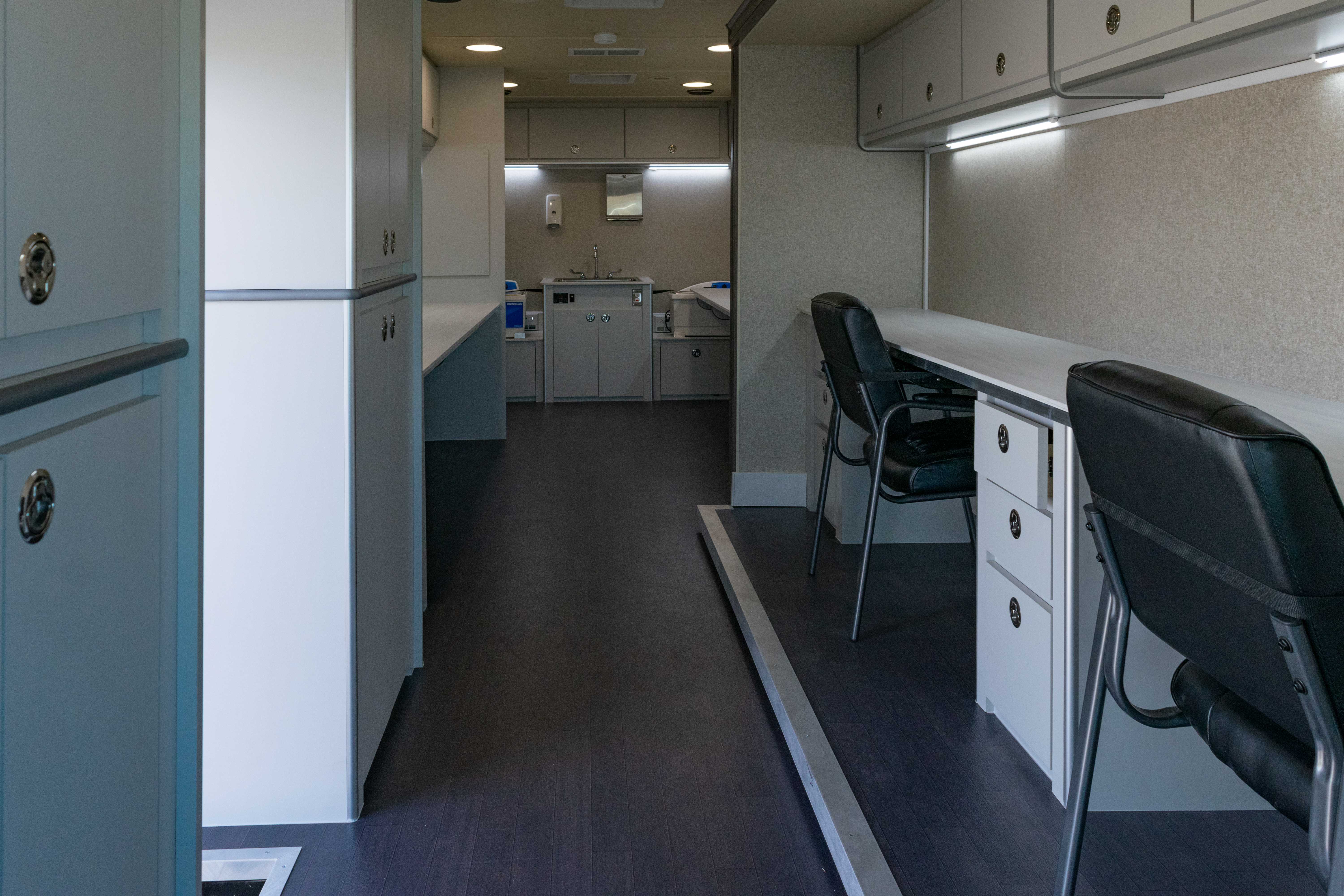Technology

Microsoft will release the polished version of its overhauled Edge browser in less than 10 weeks.
To read this article in full, please click here
(Insider Story)- Details
- Category: Technology
Read more: FAQ: Microsoft sharpens Edge
Write comment (94 Comments)
Satya Nadella has been Microsoft CEO for more than five years, having replaced Steve Ballmer in February 2014. Along the way, hemade dramatic changes in the way Microsoft operates, doing things that Ballmer likely never would have done, including writing off, for $7.6 billion in 2015, BallmerNokia acquisition.
But at Microsoftrecent annual Ignite developers conference, Nadella took actions that killed off Ballmerghost — Microsoft now is clearly Nadellacompany, and Ballmerinfluence has been laid to rest. None of the actions was dramatic in its own right, but taken together, they show just how little of Ballmerlegacy is left at Microsoft.
To read this article in full, please click here
- Details
- Category: Technology
Read more: An exorcism at Microsoft
Write comment (95 Comments)
- Details
- Category: Technology
Read more: Apple Co-Founder Steve Wozniak Accuses Apple Card Algorithm Of Sexism
Write comment (93 Comments)When Samsung announced the Space Monitor, I knew in an instant that it was going to be something I had to try out in person. Now that I&ve had time to do so, I&m happy to say itmuch as advertised, a streamlined and solid monitor with a smart new design — but not necessarily one for everybody.
Samsung Space Monitor
Pros:
- Clever space-saving design
- Quiet, attractive look
- Solid color out of the box
Cons:
- Doesn&t rotate and height depends on distance from wall
- Sub-par viewing angles
- Doesn&t work with every desk
Price: $400 (27-inch); $500 (32-inch)
We don&t review a lot of monitors at TechCrunch — none, really. This was more of a curiosity to me. I&m interested in design and monitors are usually ugly at best. But I was impressed with Samsungapproach here and wanted to see if it worked in real life.
The big advance of the Space Monitor is its very low-profile mount, which grips the edge of your desk on the wall side and can be folded up flat against it. It can rotate up and down, the monitor tilting to taste — not so far as the Surface Studio but with that same general range of motion.

The monitor itself comes in two varieties: a larger 32-inch 4K one and a smaller 27-inch one at 2560×1440. I reviewed the smaller one, as the large one has a lower refresh rate and I really don&t have any use for 4K in my workflow.
The ideal situation for this thing is a relatively small work space where having the monitor actually sitting on your desk kind of invalidates all the space around it. With the Space Monitor, the stand is flush with the wall, clearing up the area below and in front of it even when itfolded outwards. Iteasier than piercing the wall for a free-floating display
The performance of the monitor, as far as I am able to tell, is good but not great. The colors are vibrant and the default settings are solid, if perhaps a little warm (easily adjusted, of course). The refresh rate goes up to 144 Hz, which is more than enough for gaming, and can easily be tweaked to 120 for those of us who are very picky about video pulldown and other deep frame rate stuff.
One thing that isn&t impressive is the viewing angle. I feel like the sweet spot for this monitor is far narrower than on the Dell Ultrasharp IPS panel I&ve used for years. If you&re not sitting directly in front of it, you&re going to get color and brightness falloff at the edge you&re farthest from.
 The bezel is narrow, a bit more than a quarter inch, a little thicker on the bottom side. Italso nearly flush on the top and sides so you don&t feel like the bezels protrude towards you. All in all ita very handsome and understated design, as these things go. Itworth noting that Samsung appears to have fudged the press imagery a bit and the microscopic bezel you see in official images is not actually what you get.
The bezel is narrow, a bit more than a quarter inch, a little thicker on the bottom side. Italso nearly flush on the top and sides so you don&t feel like the bezels protrude towards you. All in all ita very handsome and understated design, as these things go. Itworth noting that Samsung appears to have fudged the press imagery a bit and the microscopic bezel you see in official images is not actually what you get.
Installation isn&t quite as easy as just setting something down on your desk, but if you have a compatible desk, itliterally as easy as sliding the clamp on and tightening it. A custom cable (optional, but convenient) combines HDMI and power into one, and fits into a groove on the back of the stand, eliminating clutter.
But you&ll want to take a good look at your desk to make sure it is compatible. I didn&t, and had to jury-rig a solution.
Basically, unless your desk is more or less solid and has a ledge that the clamp can close down on, you might have a problem. My desk is solid and about an inch and a half thick, but has a sort of wall that juts down about two more inches. I removed and reattached the bottom part of the clamp so it could just barely be slipped around the wall, but then the screw wouldn&t reach the bottom surface of the desk, so I had to fill the gap with a book. (Itokay, I&ve got lots.)

The stand is plenty stiff and the monitor stays exactly where you&ve put it, but it is a little wobbly — understandable given that it sits at the very tip of a 14-inch-long arm. I only really noticed when I was typing very hard or bumped the desk, when I noticed it wobbled more and longer than the Dell on its traditional stand.
Now, if you&ve looked closely at the way this monitor and stand is set up, you may have noticed something else: this thing can&t rotate. Yes, unfortunately, the nature of the Space Monitor means that it must always be parallel to the desk edge itattached to, and can only move directly perpendicular to it. There is also no way to slide the monitor up and down, or rather to do so you must also move it towards or away from you.
For some this is unacceptable. And although itfine for me as a primary monitor, it would never work as a secondary one, like the Dell I now have angled toward me adjacent to the Samsung.
That does significantly limit its use cases, and the spaces in which it works well. But I still feel ita great option for some. If you have limited space and plan to primarily work from the sweet spot directly in front of it, this is a solid monitor big enough for productivity, movies, and games.
For those seeking a low-profile, space-saving alternative to the usual monitors, the Space Monitor is a great option. But for multiple-monitor setups or people who shift the angle a lot, it probably isn&t the best. At $400 it has strong competition from the usual suspects, but for some people the slight increase in image quality or the ability to slide the monitor up and down isn&t worth losing the desk space or having a clunky design. The Space Monitor is available now, at Samsungsite or your usual electronics retailer.
- Details
- Category: Technology
Read more: Review: Samsung’s Space Monitor is handsome and minimal — if you have the desk for it
Write comment (97 Comments)Electrification in the automotive industry isn&t just about consumer cars: There are plenty of commercial and specialist vehicles that are prime candidates for EVs, including in the healthcare industry. Take the new UCLA mobile surgical lab developed by Winnegbago, for instance & ita zero-emission, all-electric vehicle that will move back and forth between two UCLA campuses, collecting, sterilizing and repairing surgical instruments for the medical staff there.
Why is that even needed? The usual process is sending out surgical instruments for this kind of service by a third-party, and ithandled in a dedicated facility at a significant annual cost. UCLA Health Center estimates that it can save as much as $750,000 per year using the EV lab from Winnebago instead.
The traveling lab can operate for around eight hours, including round-trips between the two hospital campuses, or for a total distance traveled of between 85 and 125 miles on a single charge of its battery, depending on usage. It also offers &the same level of performance, productivity and compliance& as a lab in afixed location building, according to Winnebago.

Aside from annual savings on operating costs, UCLA also got some discounts towards the purchase of the lab from a few grant programs, including the Hybrid and Zero-Emission Truck and and Bus Voucher Incentive Project (an admitted mouthful, but it does have its own acronym luckily & HVIP). These programs all encourage the adoption of electric vehicles through financial incentives that help defray the upfront costs, which is yet another good reason for industries like health care to look at EVs as a way to not only reduce costs long-term, but up-front as well.
- Details
- Category: Technology
Read more: UCLA now has the first zero-emission, all-electric mobile surgical instrument lab
Write comment (91 Comments)Consumer expectations are higher than ever as a new generation of shoppers look to shop for experiences rather than commodities. They expect instant and highly-tailored (pun intended?) customer service and recommendations across any retail channel.
To be forward-looking, brands and retailers are turning to startups in image recognition and machine learning to know, at a very deep level, what each consumercurrent context and personal preferences are and how they evolve. But while brands and retailers are sitting on enormous amounts of data, only a handful are actually leveraging it to its full potential.
To provide hyper-personalization in real time, a brand needs a deep understanding of its products and customer data. Imagine a case where a shopper is browsing the website for an edgy dress and the brand can recognize the shoppercontext and preference in other features like style, fit, occasion, color etc., then use this information implicitly while fetching similar dresses for the user.
Another situation is where the shopper searches for clothes inspired by their favorite fashion bloggers or Instagram influencers using images in place of text search. This would shorten product discovery time and help the brand build a hyper-personalized experience which the customer then rewards with loyalty.
With the sheer amount of products being sold online, shoppers primarily discover products through category or search-based navigation. However, inconsistencies in product metadata created by vendors or merchandisers lead to poor recall of products and broken search experiences. This is where image recognition and machine learning can deeply analyze enormous data sets and a vast assortment of visual features that exist in a product to automatically extract labels from the product images and improve the accuracy of search results.
Why is image recognition better than ever before?

While computer vision has been around for decades, it has recently become more powerful, thanks to the rise of deep neural networks. Traditional vision techniques laid the foundation for learning edges, corners, colors and objects from input images but it required human engineering of the features to be looked at in the images. Also, the traditional algorithms found it difficult to cope up with the changes in illumination, viewpoint, scale, image quality, etc.
Deep learning, on the other hand, takes in massive training data and more computation power and delivers the horsepower to extract features from unstructured data sets and learn without human intervention. Inspired by the biological structure of the human brain, deep learning uses neural networks to analyze patterns and find correlations in unstructured data such as images, audio, video and text. DNNs are at the heart of todayAI resurgence as they allow more complex problems to be tackled and solved with higher accuracy and less cumbersome fine-tuning.
How much training data do you need?
- Details
- Category: Technology
Read more: The AI stack that’s changing retail personalization
Write comment (98 Comments)Page 372 of 5614

 14
14